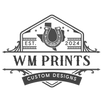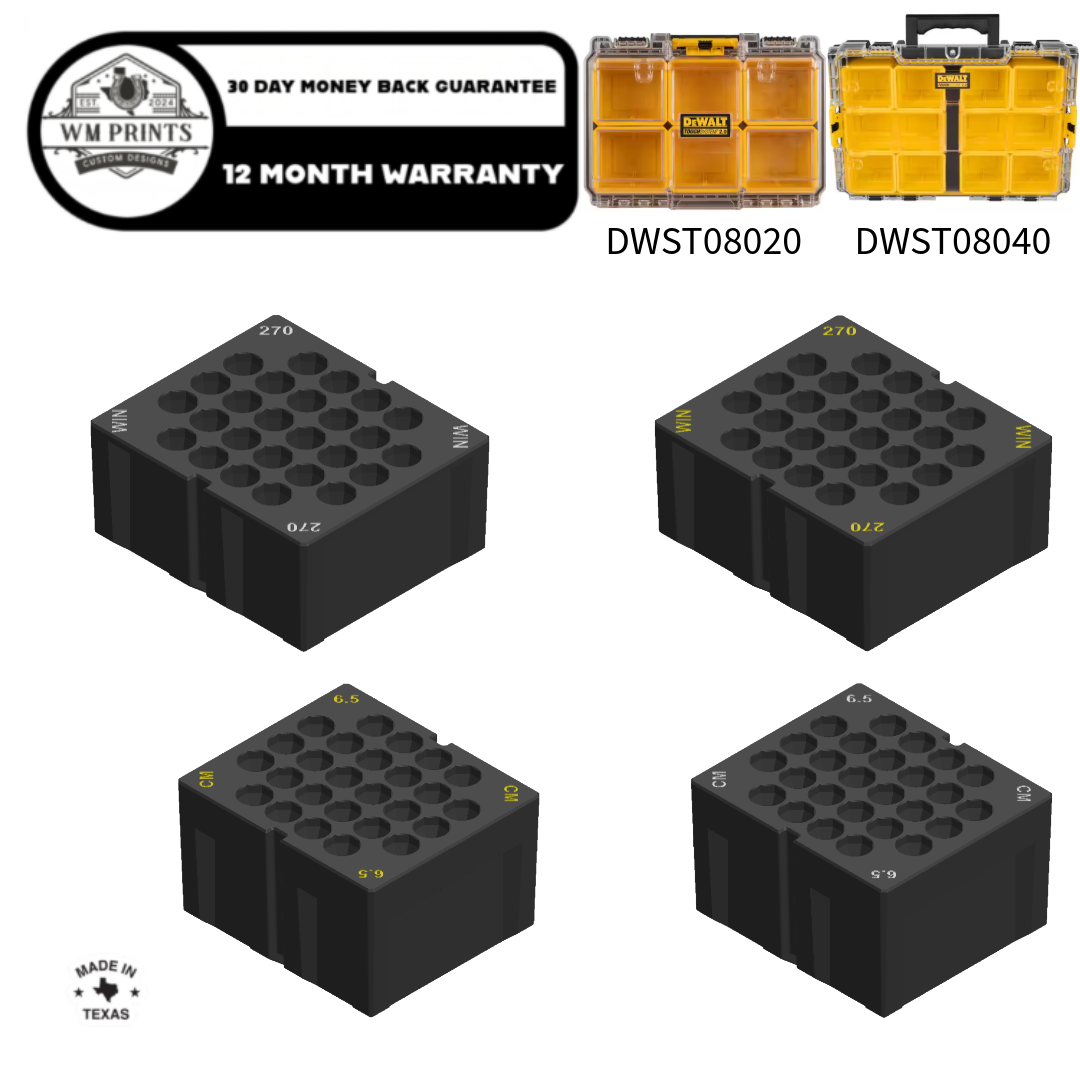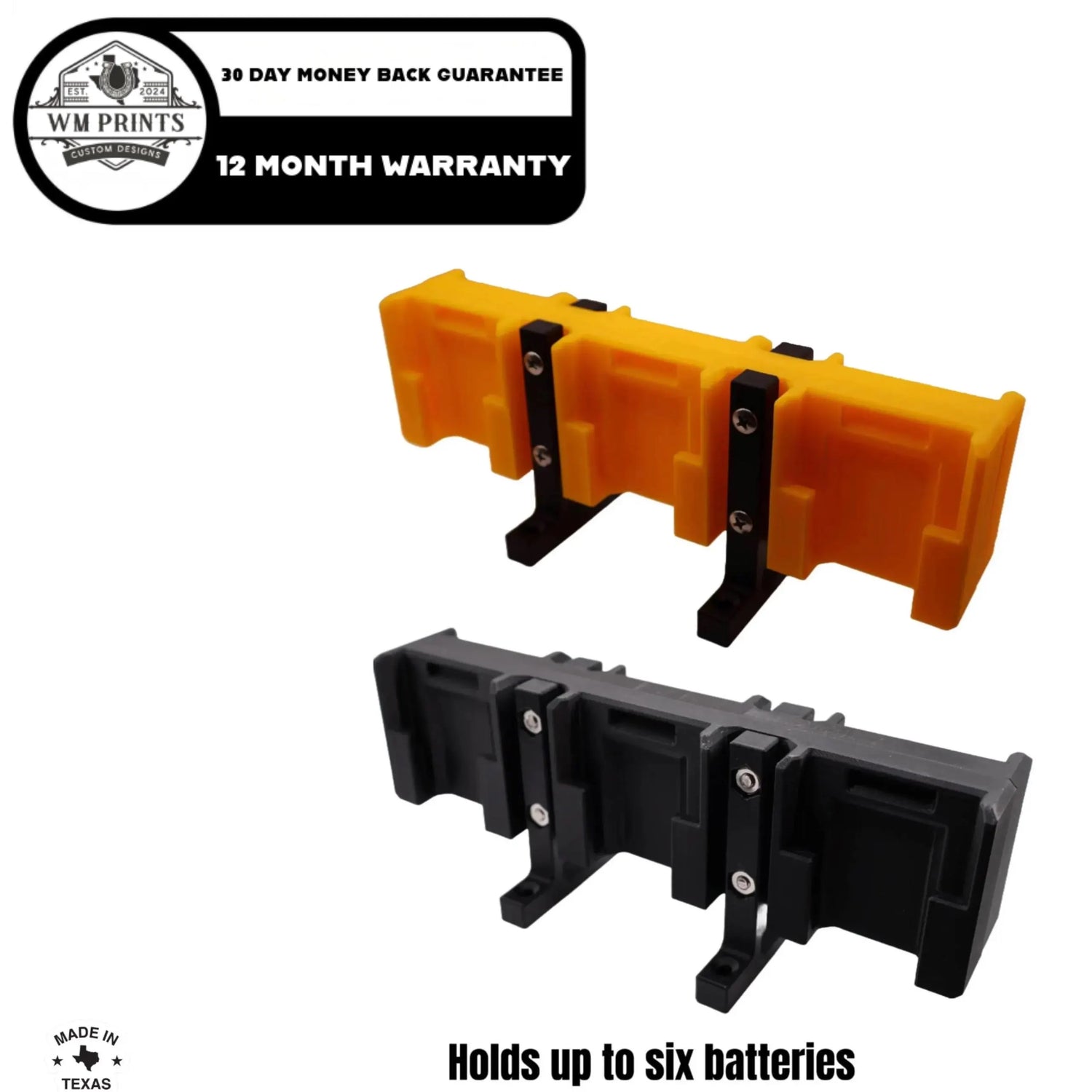Diving into the world of 3D printing can be both exciting and overwhelming, especially when you're hit with a barrage of industry jargon. Understanding the basic terminology is crucial for anyone starting out. Whether you're looking to create intricate models or practical tools, this beginner's guide will help you get acquainted with essential 3D printing terms.
1. 3D Printing
Also known as additive manufacturing, 3D printing is the process of creating a three-dimensional object from a digital file. This technology builds objects layer by layer, allowing for intricate designs and geometries impossible with traditional manufacturing methods.
2. Filament
The filament is the material used in fused deposition modeling (FDM) 3D printers. Available in various materials such as PLA, ABS, and PETG, the filament is the “ink” for your 3D printer. Selecting the right type of filament for your project is crucial for achieving the desired strength, flexibility, and finish.
3. G-code
G-code is the language in which humans tell 3D printers what to do. It consists of a series of commands or instructions that guide the printer along the X, Y, and Z axes to produce the 3D object. The slicer software converts your 3D model file into G-code, which your printer can understand.
4. Slicing
Slicing is the process of converting a 3D model into a set of instructions recognized by the printer, known as G-code. This involves breaking down the model into individual layers to provide a step-by-step guide for the printer.
5. Infill
Infill refers to the interior structure of a 3D printed object, impacting its strength and weight. Printing with various infill patterns and percentages allows you to customize the physical properties of your printed object, such as durability and flexibility.
6. Support Structures
Support structures are temporary structures printed along with the main object to provide stability during the printing process. These supports are especially useful for overhangs and complex geometries, ensuring that your model is printed accurately without collapsing.
7. Build Plate
The build plate, or print bed, is the area where the object is printed. Proper build plate adhesion is key to successful printing, as it prevents the model from moving during the process. Different materials and bed temperatures can enhance object adhesion.
Understanding these basic terms will help you become more comfortable with the 3D printing process. As you begin your journey into this exciting field, remember that learning is an ongoing process, and each print is an opportunity to improve.
For those looking to enhance their 3D printing experience and keep their workspace organized, consider tools like the Lyman Type Prep Tools Holder. This useful holder is perfect for organizing your tools and keeping them within easy reach.
Explore more about 3D printing and discover a range of products by visiting WM Prints.





